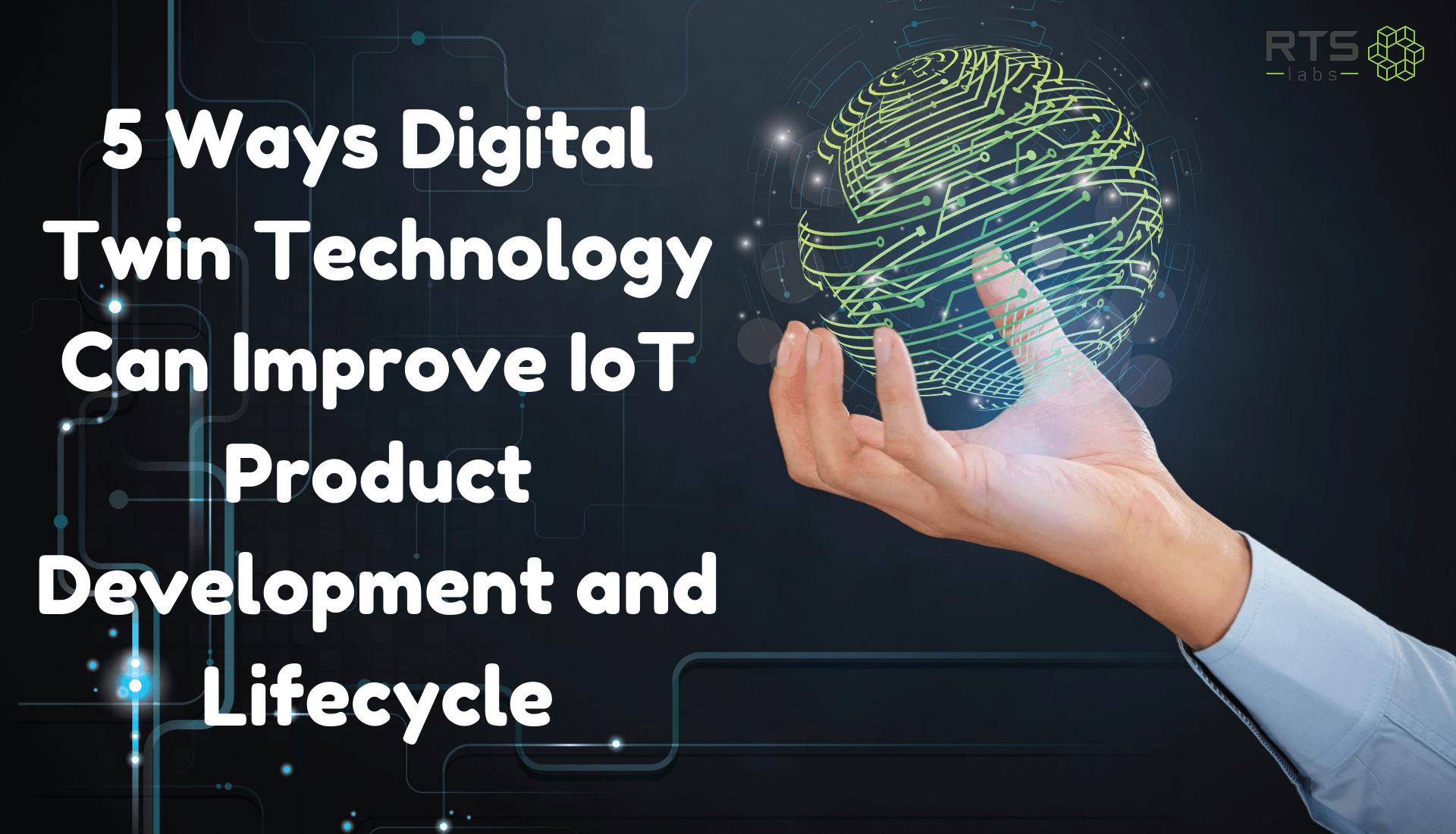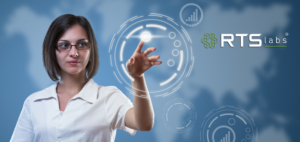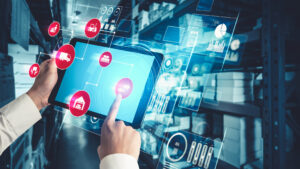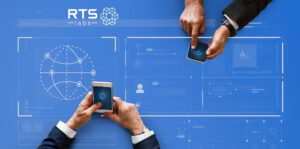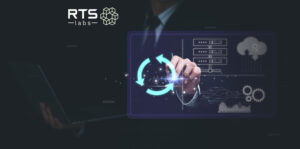You and your friends are not the only things “twinning” these days. Technology – specifically IoT devices – have been twinning too. The growing demand for IoT and AI has driven a rise in digital twin technology. While the concept is not new, it’s slowly becoming more necessary and changing how technologies like the Internet of Things (IoT), artificial intelligence (AI), and even analytics are built and optimized. The win for businesses are the ways digital twin technology can improve IoT product development and lifecycle.
In 2017, Gartner named digital twins one of its top 10 strategic technology trends for 2017, saying that within three to five years, “billions of things will be represented by digital twins,” (digital twins being “a dynamic software model of a physical thing or system that relies on sensor data to understand its state, respond to changes, improve operations and add value”). In 2018, Gartner named it again as a top trend and stated “by 2020, digital twins will exist for billions of things in the near future.”
What is a digital twin?
A digital twin is exactly what it sounds like – a virtual replica of a physical device. Digital twins allow developers and data scientists to draw insights from raw data and run simulations before a physical version of the technology is built.
The original application of the technology was for NASA. Scientists created mockups of space capsules and used them to mirror and diagnose problems. The mockups were so helpful that they evolved into fully digital simulations (digital twins). The technology has moved beyond its origins in aerospace to be applicable in large scale manufacturing. Now the technology is being used in IoT, AI, and data analytics.
A digital twin receives input from sensors and gathers data from its real-world counterpart, allowing the twin to simulate the physical object in real time. It can be designed based on a prototype of a physical product or can serve as a prototype before a physical version is even built.
In the worlds of data analytics and IoT, having a digital replica gives developers the ability to optimize deployments and create what-if scenarios. This is a game changer for product development, as it can help eliminate costly rework and bug fixes. So, what specifically are five ways digital twin technology can improve IoT product development and lifecycle?
Predict the future before building
Imagine being able to see how your device is going to perform before you actually build it. With digital twin technology, you can! Digital twins can be used to predict different outcomes by running tests based on variable data. They provide developers with a way to optimize an IoT deployment and drill down into operating features before anything is physically deployed.
The ability to simulate a physical object in real time gives developers insights on how the physical product will perform and the ability to detect potential problems. Whether the twin is serving as a prototype or as a digital counterpart to a physical device, having the ability to simulate operation and functionality before deployment is a huge advantage. It saves time and costly rework by giving you a look at how something will work before time is spent actually deploying the product.
Think about it this way – you know how in science fiction movies you see the mad scientist in the lab yelling to the assistant to “run the scenario”? Digital twins make that possible. You can run all the scenarios you want before you even touch the actual device.
Easier troubleshooting
A digital twin bridges the physical and digital worlds, bringing data into both. When something goes wrong, or a product needs to be refined, the twin can provide feedback and become the testing site to refine before making changes to the physical product. Going back to that “run the scenario” analogy, with a digital twin, you can run scenarios to troubleshoot problems without messing with the physical device. This makes troubleshooting easier (and even less costly) because it allows you to safely work through a problem in your test environment.
Increase accuracy
When you combine machine learning and artificial intelligence to your digital twin technology, your development team can deploy a model that will learn behaviors and predict potential problems before they even happen. This combination could help speed up testing, as well as help you find issues you didn’t know were lurking around the corner.
Provide customer experience and usage data
Digital twins are great tools for development, deployment, and product updates. But their use cases go beyond that. Digital twins can help you learn more about your users as well. Data collected over time from the product can deliver insights into usage, performance, and other characteristics. Product designers can use this data to learn how people are using their devices and make improvements based on data-backed insights.
Reduce costs
All these great benefits boil down to one really great benefit: cost reduction. Having the ability to run scenarios and test to your heart’s desire before building and deploying is huge. It helps you avoid making costly mistakes, reduces rework, and eliminates bugs before they’re actually bugs.
Need help building or launching your next IoT product? Need help getting the features you need AND want? Schedule a free strategy session with our product strategy and development team – no matter where you are in the process.
